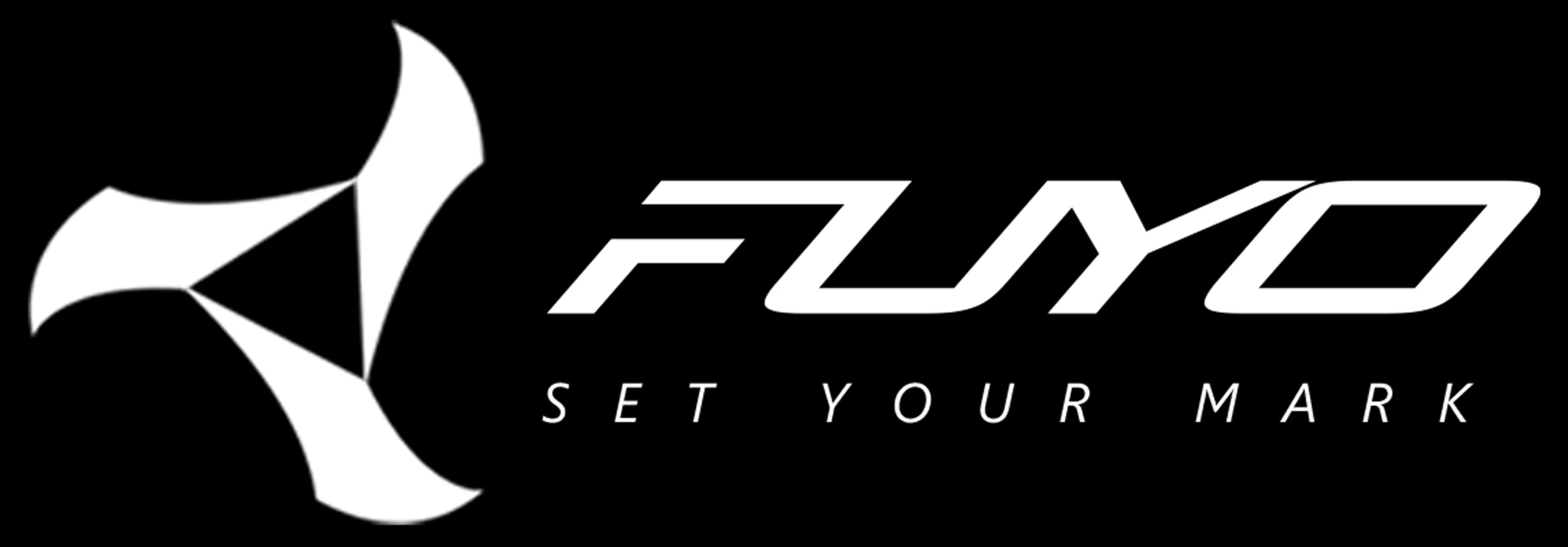Since archery returned to the programme of the Olympic Games in 1972, Korea has been by far the sport’s most successful nation.
The country collected its first gold medal courtesy of Hyang-Soon Seo‘s individual victory in the recurve women’s event at the 1984 Olympic Games in Los Angeles and has accrued 39 medals in total – 23 of them gold – over the past nine editions of the world’s biggest sporting event.
Korea goes to extensive lengths to maintain its competitive dominance.
For at least the past three – and perhaps even more – Olympic cycles, the team has constructed a replica of the arena that hosts the archery event in their own training centres. Last week, the national squad held a competition simulating the environment of the Games against the colour-scheme and backdrop the archers will face in Tokyo this summer.
“The Korean national team puts a lot of effort into providing archers with the opportunity to experience different environments and pressure, such as shooting in stadiums and public places, before major events,” said head coach Park Chaesoon, a longtime international staff member who took the lead role at the start of 2021.
“This event’s purpose was to experience the environment of the Olympic venue as much as possible so that the archers can imagine the venue environment when shooting at the Olympics,” he explained.
In the past, archers have been sent to shoot in front of full baseball crowds (a popular spectator sport in Korea) ahead of world championships to better prepare for the noise and attention that major events bring. With the pandemic limiting such opportunities, the squad has replicated this experience in-house.
Taking inspiration from the test event held in 2019, things like branding, camera positions, shooting platforms, the mixed zone, sounds of the venue and competition schedule were all simulated.
“These things can cause extra pressure,” said two-time World Archery Champion Kim Woojin. “If I can understand them before the event, I will be able to produce better results and be more comfortable when I’m shooting at the Games for real.”
The Korean team has the resources to build and run such events. They are not alone. Many teams take branding or concepts from upcoming Games and apply them to their training venues, while relying on more traditional methods, such as visualisation, to prepare themselves for the pressures of the Olympic competition.
As the old adage goes: fail to prepare, prepare to fail.
“As always, the Korean team hopes to give its best performance and achieve its best results at certain major events,” Park said. “This time is no exception. The athletes and coaches are doing their best, and the final members of the Olympic team will be decided on 23 April.”



















